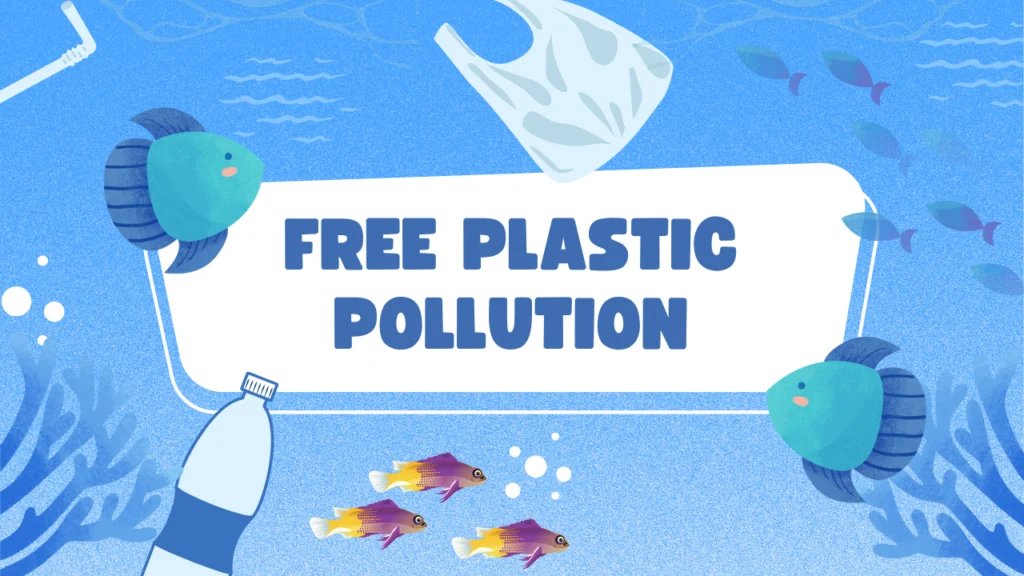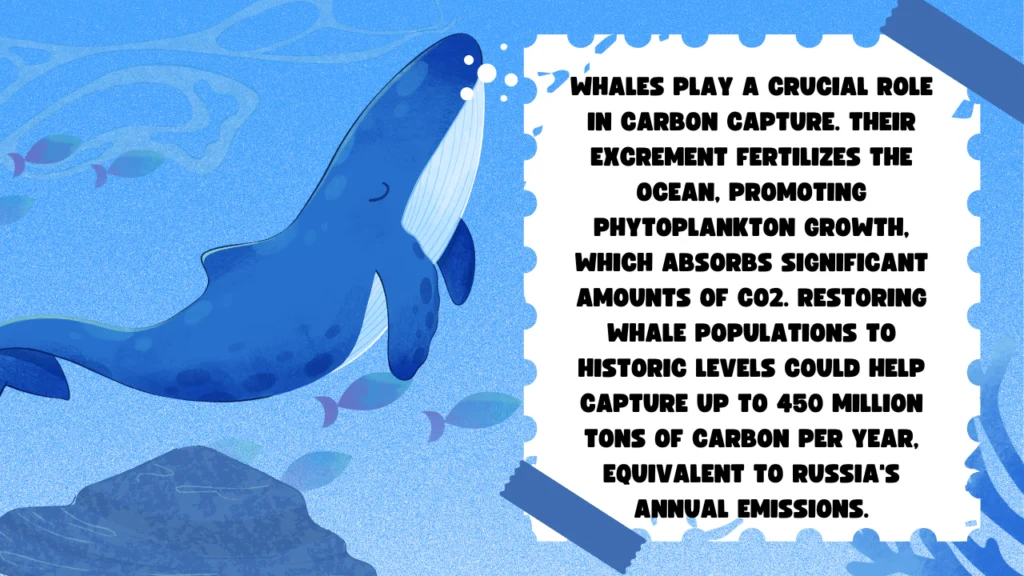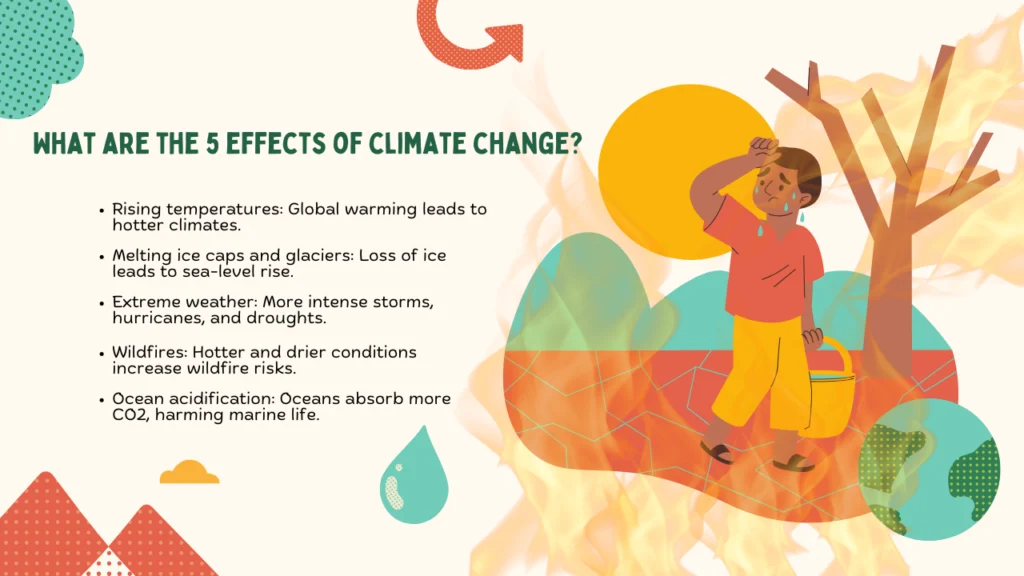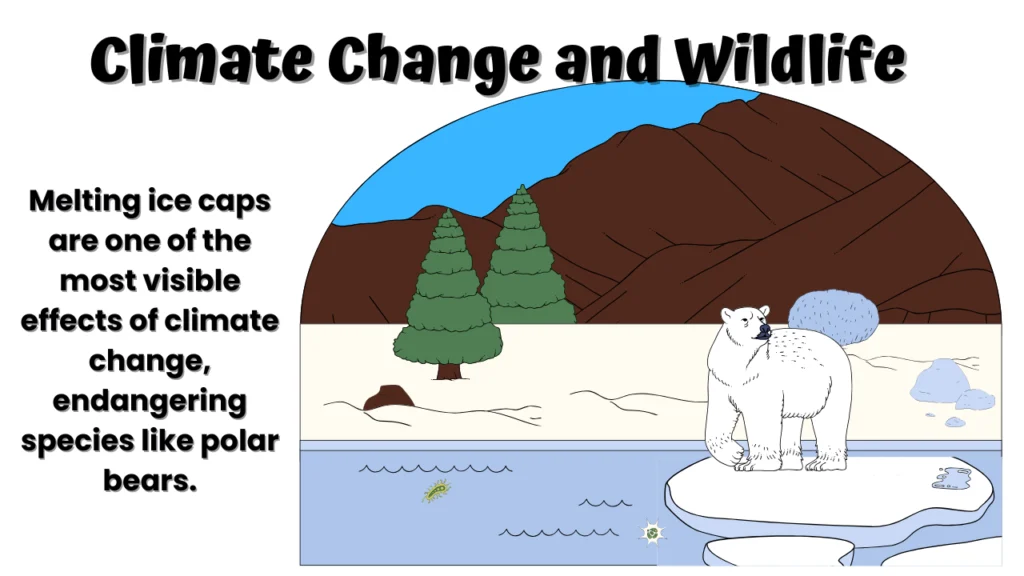How Does Carbon Footprint Contribute to Animal Extinction?

Introduction
The impact of human activity on our planet has never been more evident. One of the most pressing issues today is the accelerating rate of animal extinction, which is heavily linked to the carbon footprint generated by human activities. As carbon emissions continue to rise, climate change intensifies, disrupting ecosystems and pushing many species to the brink of extinction. In this article, we will explore how carbon footprint contributes to animal extinction, and why reducing emissions is crucial to preserving biodiversity.
Understanding Carbon Footprint and Its Environmental Impact
A carbon footprint refers to the total amount of greenhouse gases (GHGs) emitted by human activities, such as transportation, energy consumption, agriculture, and deforestation. These emissions, primarily carbon dioxide (CO2) and methane (CH4), trap heat in the Earth’s atmosphere, leading to global warming and climate change.
Climate change disrupts ecosystems by altering weather patterns, increasing temperatures, and causing sea levels to rise. This not only threatens human life but also puts immense pressure on wildlife. Many species are unable to adapt to these rapid changes, which accelerates their path toward extinction.
How Carbon Emissions Drive Habitat Loss
One of the most significant ways that carbon footprint contributes to animal extinction is through habitat loss. Human activities that produce carbon emissions—such as deforestation for agriculture or urban development—destroy the natural habitats that wildlife depend on. Forests, wetlands, and coral reefs, all essential ecosystems, are being cleared or degraded at an alarming rate, leaving animals without food, shelter, or safe breeding grounds.
For example, the Amazon rainforest, known as the “lungs of the Earth,” is rapidly being deforested to make way for agriculture and livestock farming. This not only increases CO2 levels but also devastates biodiversity, with countless species losing their habitats.
Climate Change: The Invisible Driver of Extinction
As carbon emissions rise, the Earth’s climate continues to warm, and this warming has a direct impact on species survival. The polar bear, for example, is a symbol of climate change. As Arctic ice melts due to rising temperatures, these majestic creatures lose their hunting grounds and struggle to find food, pushing them closer to extinction.
In marine environments, rising ocean temperatures lead to coral bleaching, destroying coral reefs that serve as critical habitats for marine species. This decline affects not only fish populations but also species like the Hawksbill Turtle, which relies on coral reefs for survival.
The Role of Rewilding in Carbon Sequestration and Species Survival
One often overlooked solution to both climate change and species extinction is rewilding—the process of restoring ecosystems by reintroducing species that have been lost or severely diminished in numbers. According to research led by Os Schmitz at the Yale School of the Environment, rewilding can play a critical role in amplifying carbon uptake and mitigating climate change.
By reintroducing keystone species like elephants, wolves, and whales, ecosystems can be transformed into carbon sinks. In the Serengeti, for example, the resurgence of wildebeest populations has helped turn the ecosystem into a carbon sink, absorbing millions of tons of CO2 annually.
Similarly, protecting marine species like whales can dramatically enhance carbon sequestration. Whale excrement provides nutrients that fuel the growth of phytoplankton, which are responsible for capturing significant amounts of atmospheric carbon. Restoring whale populations to historical levels could help absorb hundreds of millions of tons of carbon each year, equivalent to the annual emissions of countries like Russia.
Trophic Cascades: How Carbon Footprint Alters Ecosystem Balance
The extinction of a single species can trigger a trophic cascade, an ecological chain reaction that disrupts entire ecosystems. When carbon emissions drive habitat loss and climate change, it can lead to the decline of apex predators, like wolves or lions. This loss affects herbivore populations, which may grow unchecked and overgraze their habitats, causing further degradation.
For example, in North America’s boreal forests, the reduction of wolf populations has allowed moose populations to grow, which has led to overgrazing and a decrease in forest density. This, in turn, reduces the forest’s ability to capture carbon, further exacerbating climate change.
Carbon Footprint and the Collapse of Ecosystem Services
Ecosystem services, such as pollination, water purification, and soil fertility, are essential for human survival. Many of these services are provided by wildlife, but as carbon emissions lead to habitat destruction and species extinction, these services begin to deteriorate. For instance, the decline of bee populations due to habitat loss and pesticide use poses a serious threat to global food security, as bees are vital pollinators for many crops.
Additionally, as species disappear, ecosystems become less resilient to environmental stressors like droughts, floods, and disease outbreaks, all of which are exacerbated by climate change. This creates a feedback loop in which the degradation of ecosystems due to climate change further accelerates species extinction.
The Path Forward: Reducing Carbon Footprint to Protect Biodiversity

To prevent further species extinction, it is critical to reduce carbon emissions. Governments and individuals alike must take urgent action to mitigate climate change by transitioning to renewable energy, protecting natural habitats, and supporting rewilding efforts. By investing in sustainable practices—such as reforestation, eco-friendly agriculture, and wildlife conservation—humans can help restore the balance of ecosystems and slow the pace of extinction.
For instance, adopting sustainable energy sources like solar and wind can significantly reduce the carbon footprint of industries that are currently powered by fossil fuels. Additionally, supporting wildlife conservation projects that focus on rewilding and habitat restoration can help protect endangered species while also promoting carbon sequestration.
Conclusion
The connection between carbon footprint and animal extinction is clear: the more carbon we emit, the more we disrupt ecosystems and drive species toward extinction. By taking steps to reduce our carbon footprint, we can not only slow the rate of climate change but also protect the rich biodiversity that is essential for a healthy planet. Efforts like rewilding and ecosystem restoration offer a glimmer of hope in the fight against extinction, proving that the solutions to climate change and biodiversity loss are deeply interconnected. It’s time to act—both for the sake of the planet and the future of its inhabitants.
FAQ: How Does Carbon Footprint Contribute to Animal Extinction?
How does carbon footprint affect animals?
The carbon footprint contributes to habitat destruction and climate change, which directly impact animal survival. Rising temperatures, shifting ecosystems, and increased natural disasters force species to migrate or face extinction due to loss of habitat and food sources.
Do carbon emissions cause extinction?
Yes, carbon emissions contribute to the extinction of species by accelerating climate change, which disrupts ecosystems. Changes in temperature, food availability, and habitat loss make it difficult for many species to adapt, leading to population declines and extinction.
How does global warming cause extinction of species?
Global warming alters habitats by raising temperatures, melting ice caps, and changing precipitation patterns. This affects species that rely on specific climate conditions, like polar bears in the Arctic or amphibians in tropical rainforests, pushing them closer to extinction as they struggle to adapt.
How does carbon footprint affect living organisms?
A high carbon footprint leads to environmental changes such as air and water pollution, which affect all living organisms. Pollutants can cause health problems, reduce biodiversity, and disrupt food chains, ultimately destabilizing ecosystems and threatening species survival.
How does carbon footprint affect the ecosystem?
The carbon footprint affects ecosystems by altering temperatures, weather patterns, and ocean currents. These changes disrupt the balance of ecosystems, affecting plant growth, animal migration, and reproduction, which can lead to the collapse of ecosystems and loss of biodiversity.
How does carbon affect organisms?
Carbon emissions contribute to ocean acidification, which harms marine life, especially organisms like corals and shellfish. On land, carbon-related pollutants damage the air quality, affecting the health of both animals and plants, leading to weakened ecosystems and declining populations.



